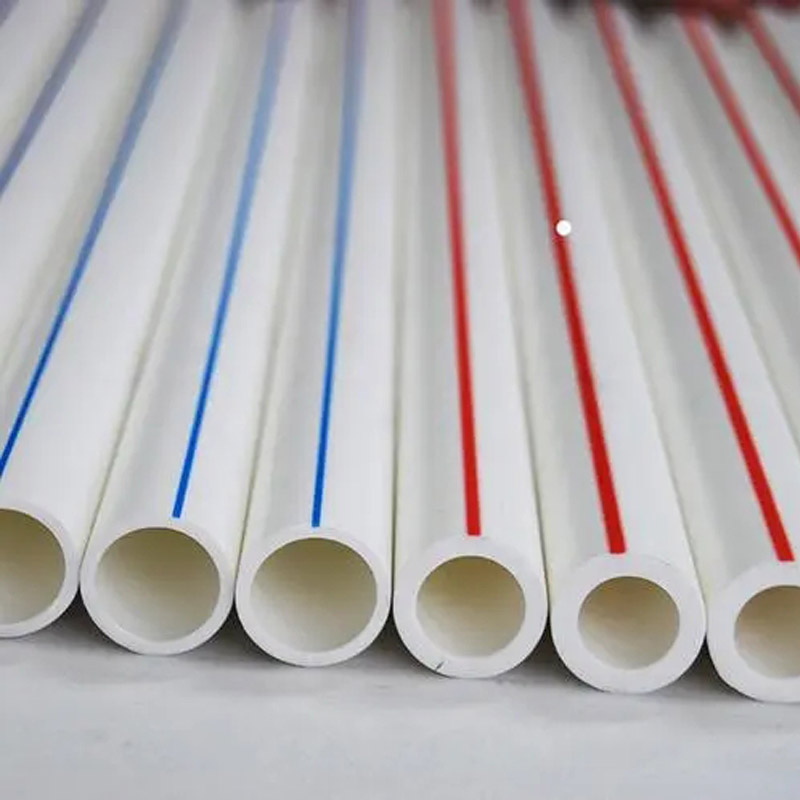Dec . 25, 2024 20:21 Back to list
HDPE to Steel Coupling Solutions for Seamless Transitions in Pipeline Systems
HDPE to Steel Transition Coupling Bridging the Gap Between Materials
In the world of piping systems, the ability to connect different materials efficiently and effectively is crucial for ensuring the integrity and functionality of various applications. One popular coupling method used today is the HDPE (High-Density Polyethylene) to steel transition coupling. This specialized connector facilitates the marriage of two distinct materials, each of which has unique advantages and challenges. In this article, we will explore the key features, benefits, and considerations of HDPE to steel transition couplings, highlighting their pivotal role in modern piping systems.
Understanding HDPE and Steel
Before diving into the specifics of transition couplings, it is essential to understand the characteristics of the two materials involved. HDPE is a thermoplastic known for its excellent chemical resistance, low weight, and flexibility. It is commonly used for applications such as water and gas distribution pipelines, sewage systems, and industrial piping. Steel, on the other hand, is renowned for its strength, durability, and ability to withstand high pressures and temperatures, making it suitable for heavy-duty applications, including oil and gas pipelines and structural components.
The Need for Transition Couplings
As infrastructure evolves, the need to replace aging pipelines or adapt to new technologies becomes apparent. In many cases, it is necessary to connect existing steel pipelines to new HDPE installations or vice versa. This is where HDPE to steel transition couplings come into play. They serve as a crucial link, allowing for seamless connections while accommodating the differing thermal expansion properties and mechanical strengths of both materials.
Key Features of HDPE to Steel Transition Couplings
1. Material Compatibility Transition couplings are specifically designed to connect HDPE and steel, ensuring that they can withstand the unique stresses and strains associated with both materials.
2. Mechanical Joint Design Many transition couplings utilize mechanical joint designs, such as bolted fittings or compression rings, which facilitate secure connections while allowing for easy installation and maintenance.
3. Corrosion Resistance HDPE inherently resists corrosion, while steel is prone to rust and deterioration when exposed to moisture. Transition couplings are engineered to ensure that the steel components are protected, reducing the risk of failure due to corrosion over time.
hdpe to steel transition coupling product

5. Pressure Ratings Many HDPE to steel transition couplings are designed to meet high-pressure ratings, making them suitable for demanding industrial applications.
Advantages of Using HDPE to Steel Transition Couplings
- Cost-Effectiveness By using transition couplings, companies can refurbish their existing steel pipelines and integrate new HDPE lines without the need for costly complete replacements.
- Lightweight and Easy to Handle HDPE pipes are significantly lighter than their steel counterparts, reducing the labor required for installation and minimizing transportation costs.
- Long-Term Performance With proper installation and maintenance, HDPE to steel transition couplings can provide a long-lasting solution. The durability of HDPE combined with the strength of steel makes this coupling ideal for demanding environments.
- Versatility of Applications These couplings are widely applicable in various sectors, including water treatment, gas distribution, sewage systems, and even industrial manufacturing.
Considerations and Best Practices
While HDPE to steel transition couplings offer numerous benefits, several considerations should be kept in mind. Proper fitting and alignment during installation are crucial to prevent leaks and ensure optimal performance. It is also essential to select the appropriate coupling size and type based on the specific requirements of the project, including the pressures involved and the chemicals being transported.
Regular inspections and maintenance should be conducted to monitor the condition of the couplings and surrounding infrastructure. This proactive approach will help identify any potential issues before they escalate into significant problems.
Conclusion
In conclusion, HDPE to steel transition couplings play a vital role in modern piping systems, providing a reliable connection between two materials with distinct properties. Their unique design features, combined with the advantages they offer in terms of cost-effectiveness and long-term performance, make them an essential component in various industries. As infrastructure development continues to advance, understanding and utilizing these couplings will be key to maintaining and upgrading our essential piping networks.
-
High-Quality PVC Borehole Pipes Durable & Versatile Pipe Solutions
NewsJul.08,2025
-
High-Quality PVC Perforated Pipes for Efficient Drainage Leading Manufacturers & Factories
NewsJul.08,2025
-
High-Quality PVC Borehole Pipes Durable Pipe Solutions by Leading Manufacturer
NewsJul.08,2025
-
High-Quality PVC Borehole Pipes Reliable PVC Pipe Manufacturer Solutions
NewsJul.07,2025
-
High-Quality UPVC Drain Pipes Durable HDPE & Drain Pipe Solutions
NewsJul.07,2025
-
High-Quality Conduit Pipes & HDPE Conduit Fittings Manufacturer Reliable Factory Supply
NewsJul.06,2025

